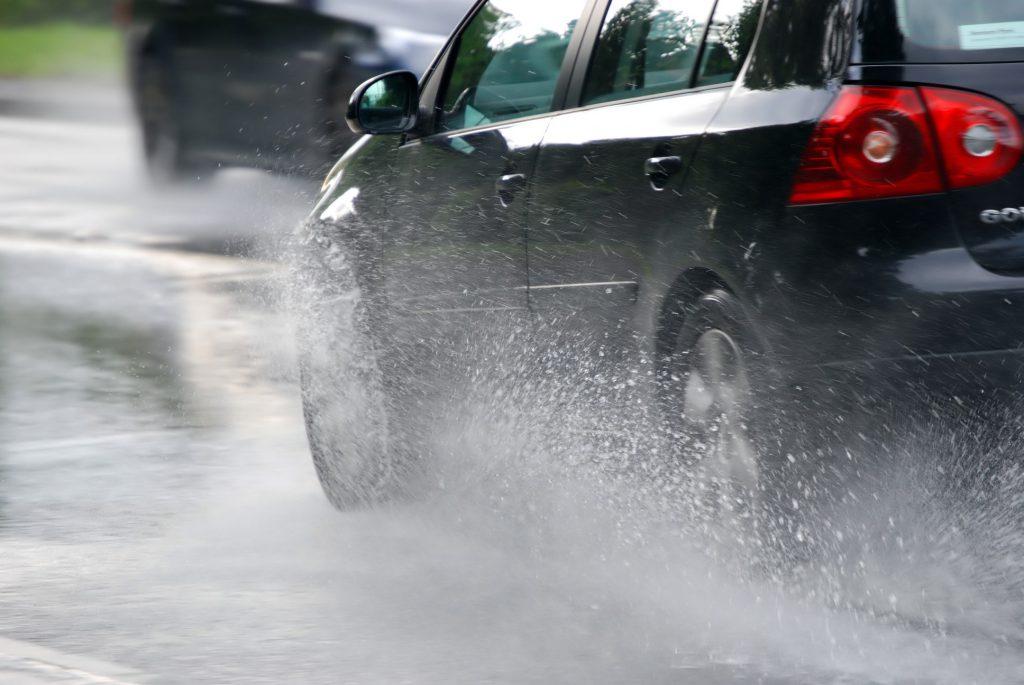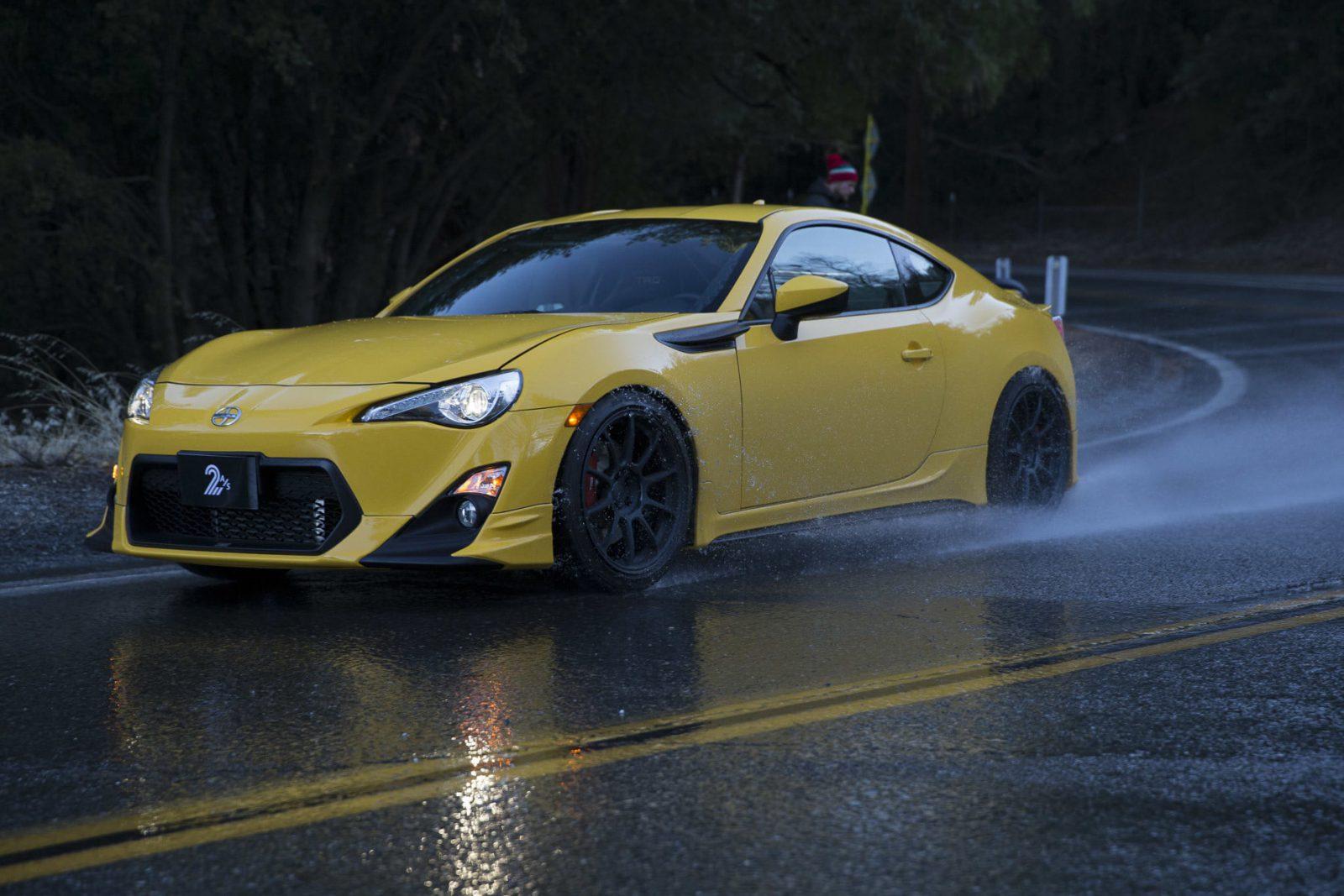When was the last time you skidded while driving? Most likely, you did not lose complete control over the car but experienced hydroplaning.
Hydroplaning refers to the skidding or sliding of the car tires over a wet surface, usually water. It occurs when a tire come across a large volume of water than it can scatter. However, the water pressure on the front wheels pushes the water under the tire, which separates the tire from the road surface, losing traction. This results in power control, braking and loss of steering.
While it might seem like common sense to avoid driving through deep puddles or standing water, even small amount of wet streets or pavement cause the vehicle to hydroplane. While most vehicles are equipped with desired protection such as anti-lock brakes and traction control, yet it is still a scary thing to experience.
SEE MORE:
- Hydraulic Mistakes that shouldn’t be ignored anyway
- Power Steering Failure- Check for these Symptoms
Contents
When does It Occur?
Are you thinking when does hydroplaning occur? Well, it can occur anytime on a wet road surface. However, the most dangerous are the first 10 minutes after a light rain. The rainwater mixes with oil residues on the road surface, which creates a slippery surface. The greasy and oily surface causes hydroplane, especially to vehicles running at the speed of 35mph or more. This is a deadly situation, which adds risk to both the driver and other vehicles on the road.
The chances of accidents due to hydroplaning increase in poor weather conditions such as rain, snow and ice. In most cases, it is not the thumping rain and blinding snow that are dangerous but the slick situation that drivers aren’t prepared for.
How to Avoid Hydroplaning?

Avoiding it is not that difficult if you know how it happens. All you have to do is keep few things in mind while driving in rain and wet surface. Here are following steps that will decrease the chances of losing control over the car:
1. Decrease the Speed
Most automobile experts agree that most deadly accidents happen due to greater speed – more than 35mph. The moment the vehicle hit your windshield, slow down your speed. It is good to drive five to ten miles slower than your usual speed limit in rains and windy weather conditions.
2. Regularly and Properly Rotate and Balance the Tires
Keep your tires in tune and try balancing them as the vehicle hydroplanes. To avoid risks in future, it is advisable to rotate and balance the tires every time you go for the oil change. And, do not panic when controlling the car as it would be easy to control it with a stable and calm state of mind.

3. Avoid Cruising in the Rain
Avoid using the cruising function in the rain or on wet roads. If the vehicle encounters hydroplaning while driving with the cruise function on, the car will take additional time to regain control of your vehicle.
Hydroplaning can occur even after taking all types of precautions. However, the driver always has some control over the level of risk involved in it. Be careful on the wet road surface and drive carefully. Nothing is more important than your life.



